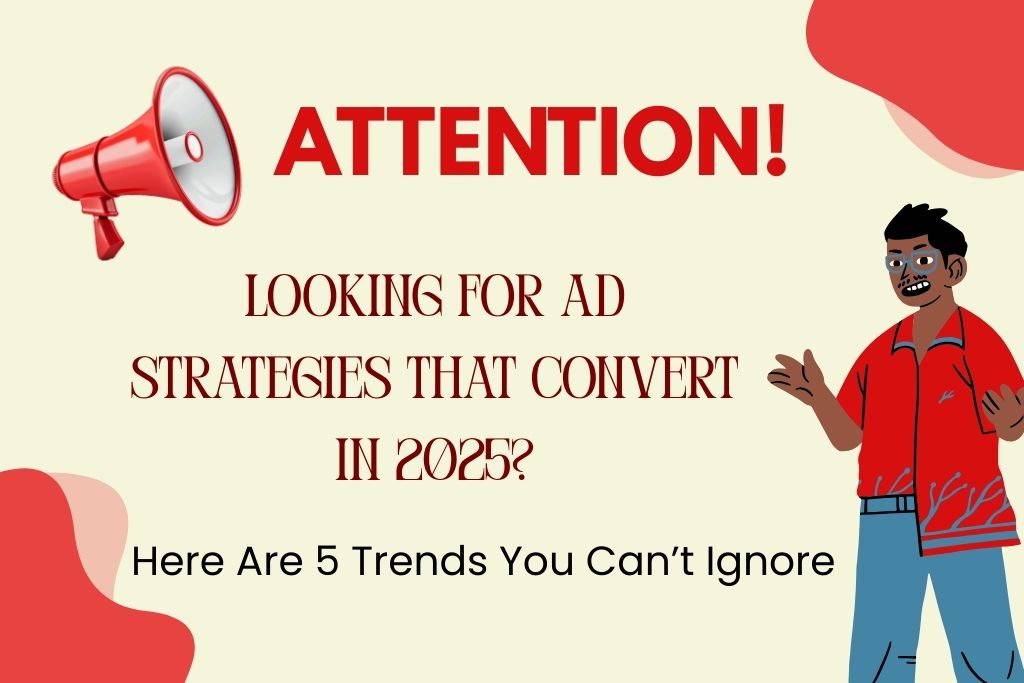Smarter Ads in 2025: 5 Proven Strategies to Maximize ROI

The digital advertising landscape in 2025 is nothing like it was even three years ago. With AI-driven personalization, privacy-first regulations, and consumers demanding authentic experiences, the old “spray and pray” approach no longer works. If your ads are falling flat—low engagement, poor click-through rates, or wasted ad spend—you’re not alone. But here’s the good news: businesses that adapt to new advertising strategies in 2025 are seeing exponential growth.
In this blog, we’ll uncover five ad strategies that are dominating right now—backed by real-world examples, actionable tips, and proven results. Whether you’re a startup with a lean budget or an established brand rethinking your campaigns, these strategies can help you generate high-converting ads that resonate and drive revenue.
1. Hyper-Personalization with AI-Driven Ads
Forget generic messaging—2025 is the era of AI-powered personalization. Consumers expect ads that feel tailor-made for them, and artificial intelligence makes it possible at scale.
Why It Works
-
AI tools like ChatGPT-powered ad copy generators, Google’s Performance Max, and Meta’s Advantage+ campaigns use real-time data to predict what each audience segment will respond to.
-
Personalized ads convert 6x more than generic ones (Salesforce).
Real-World Example
Spotify’s AI-driven playlists and ads are a perfect example. Instead of blasting the same message to everyone, they serve users ads for concerts and merchandise tied to their listening habits—boosting both engagement and conversion.
Actionable Tips
-
Use dynamic ad creatives that change headlines, images, and CTAs based on the user’s demographics or browsing behavior.
-
Leverage AI audience insights to discover hidden customer segments you may be overlooking.
-
A/B test AI-generated ad variations to quickly scale winning formats.
2. Short-Form Video Ads (Think TikTok & Reels First)
If content is king, then short-form video is the emperor in 2025. TikTok, Instagram Reels, and YouTube Shorts have become the hottest ad playgrounds for both B2C and B2B brands.
Why It Works
-
Attention spans are shrinking—consumers prefer quick, engaging, and visually rich ads.
-
Video ads on TikTok and Reels deliver 30% higher engagement rates compared to static ads (HubSpot).
Real-World Example
Duolingo, the language-learning app, grew its brand presence dramatically with funny, short TikTok ads featuring its mascot. Their quirky approach turned ads into shareable entertainment—blurring the line between content and marketing.
Actionable Tips
-
Keep ads under 15 seconds with an instant hook in the first 3 seconds.
-
Add captions and bold text overlays for accessibility and mobile-friendliness.
-
Lean into trends, memes, and user-generated content to feel authentic.
3. Interactive & Immersive Ad Experiences
In 2025, interactive ads are replacing passive scrolling. From AR try-ons to gamified banners, immersive experiences keep people engaged longer—and more engagement = higher conversions.
Why It Works
-
Interactive ads deliver 2x the engagement rate of traditional display ads (Google Think).
-
They build trust by letting customers “experience” a product before purchase.
Real-World Example
IKEA’s AR ads allow users to virtually place furniture in their homes before buying. This reduces friction, builds confidence, and has been linked to higher purchase intent.
Actionable Tips
-
Experiment with poll ads on Instagram Stories or LinkedIn to drive quick engagement.
-
Use 3D product visualizations in e-commerce ads for a hands-on feel.
-
Create gamified campaigns where users win discounts, rewards, or exclusive offers.
4. Contextual & Privacy-First Advertising
With cookie tracking fading into the past, contextual targeting has made a massive comeback. Instead of following users around the web, ads now rely on relevance to the page or platform they’re on.
Why It Works
-
It aligns with data privacy laws like GDPR and CCPA.
-
Consumers feel less “creeped out” compared to retargeting, which builds trust.
-
Ads that appear in relevant contexts (e.g., a running shoe ad on a fitness blog) drive higher conversions.
Real-World Example
The New York Times uses contextual targeting to serve ads alongside related content rather than personal data. For example, readers browsing an article on sustainable living may see eco-friendly product ads.
Actionable Tips
-
Use keyword-based targeting on ad networks for maximum relevance.
-
Partner with niche publishers where your target audience already spends time.
-
Combine contextual ads with brand storytelling for authenticity.
5. Creator-Led and Micro-Influencer Ads
2025 is proving that smaller voices often have a bigger impact. Instead of pouring money into celebrity endorsements, brands are shifting toward micro-influencers and creators with tight-knit, loyal communities.
Why It Works
-
Micro-influencers (10K–100K followers) generate 60% higher engagement rates than mega-influencers (Social Media Today).
-
Audiences trust creators because they feel more authentic and relatable.
Real-World Example
A skincare startup partnered with 50 micro-influencers on TikTok instead of one big celebrity. Their campaign generated thousands of user-generated videos and boosted sales by 250% in three months.
Actionable Tips
-
Choose creators who genuinely align with your brand values.
-
Repurpose influencer content into advertisements across multiple platforms for efficiency.
-
Encourage authentic storytelling over scripted endorsements.
Case Study: Small Business, Big Results
One of our clients, a D2C apparel startup, was struggling with rising ad costs and declining ROI in 2023. By 2025, we revamped their strategy with:
-
AI-personalized ads targeting segmented audiences
-
Creator-led TikTok campaigns
-
Interactive AR try-ons for their apparel line
Results in 6 months:
-
+180% ad engagement
-
+75% increase in conversion rates
-
50% lower customer acquisition cost (CAC)
This proves that you don’t need a massive budget—you just need the right strategies tailored for today’s digital landscape.
Conclusion: The Future of Ads Is Here
If your ad campaigns feel stuck, it’s time to rethink your approach. In 2025, the winners are those who embrace personalization, short-form video, interactive experiences, contextual targeting, and creator-led advertisement .
These five strategies aren’t fads—they’re shaping the future of digital advertising. The brands that move quickly will see their ad dollars stretch further and their campaigns deliver real business impact.
